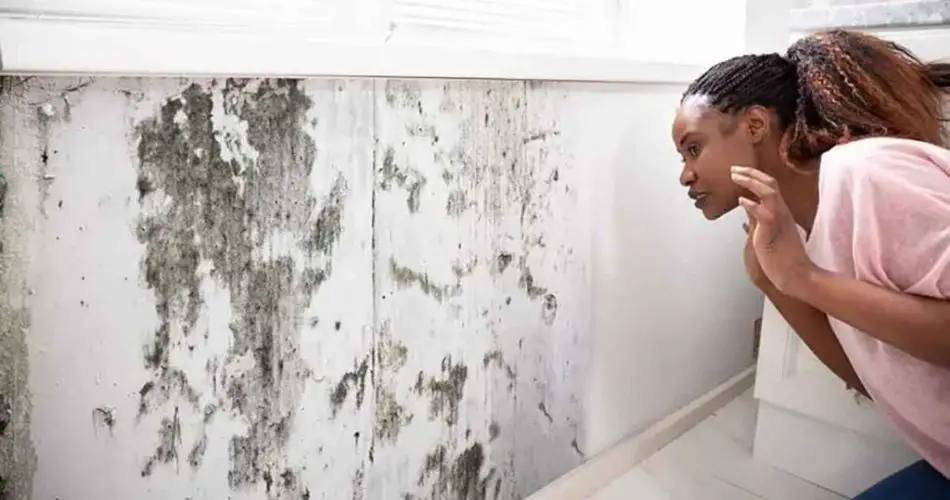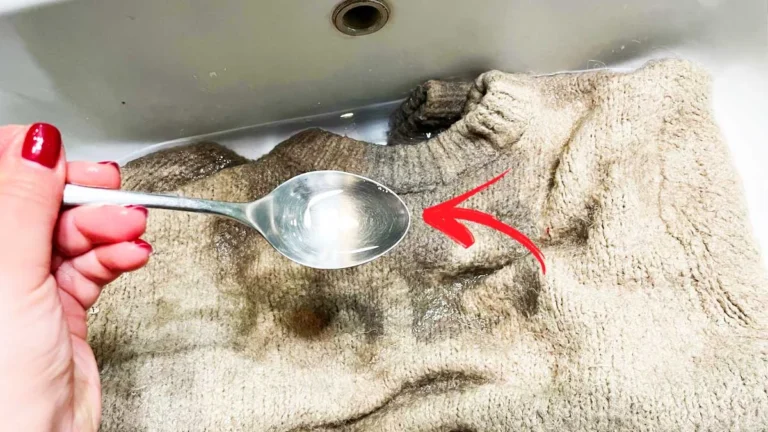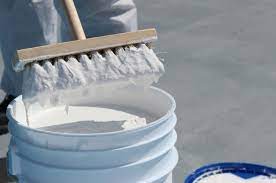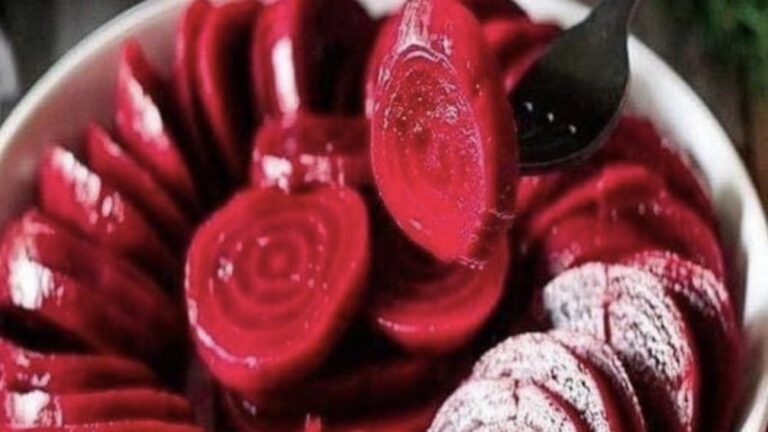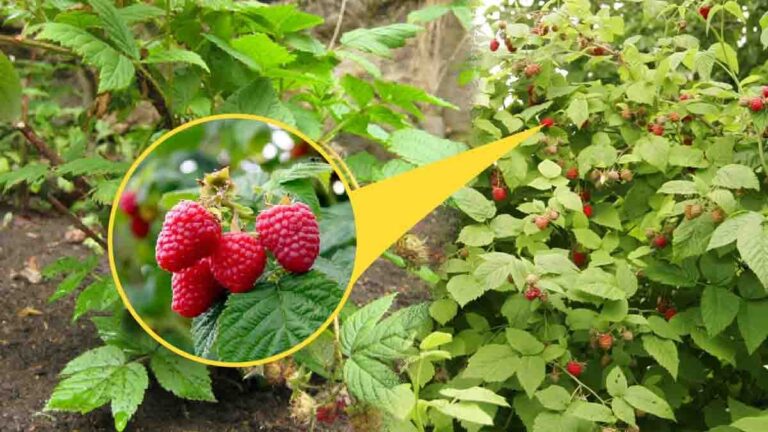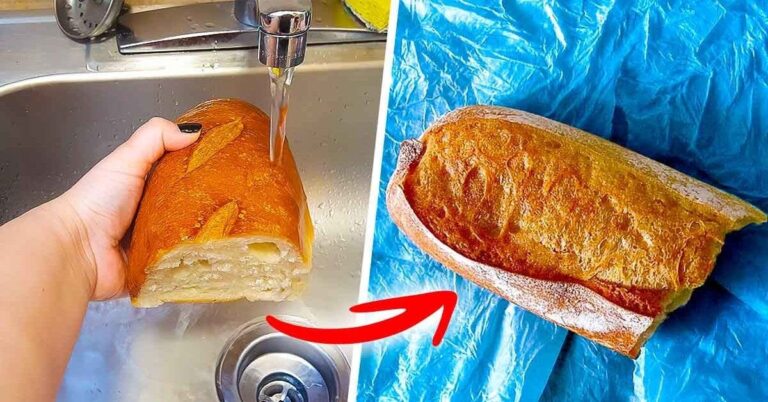If Your Walls Have Mold, Using Bleach Won’t Help: Here’s What You Should Do
If Your Walls Have Mold, Using Bleach Won’t Help: Here’s What You Should Do
The presence of mold in the house is always a problem related to excess humidity. And it is not a problem to be taken lightly.
Mold often forms in places that are very humid or where a lot of water flows and there is not much ventilation, such as inside washing machines.
For those who are not sure, its smell is very similar to that of wet clothes left in the washing machine for some time.
It is the humidity that brings mold into the house . The most likely places where there is a risk of it forming are the bathroom, where a lot of condensation is created, basements, but also attics. We can also find it on walls, in closets or in basements.
Removing mold is essential if we do not want the problem to worsen or put our health at risk .
What do we risk with mold in the house?
Health can be seriously compromised if we do not intervene immediately when we notice the presence of mold in the house. Sometimes we realize it with sneezes. When we smell the smell of mold in the air, it means that the spores have attacked surfaces suitable for development. It is best to look for dark spots and spots because they must be removed as soon as possible to prevent them from spreading .
These are the health risks when the spores have already attacked surfaces:
Allergies: spores trigger inflammation of the respiratory tract and allergies in most cases.
Asthma.
Conjunctivitis : which manifests itself with red, swollen eyelids and abundant tearing.
Fatigue : i.e. joint pain and muscle stiffness, feeling tired , tired and weak.
Dermatitis: skin problems such as peeling, rashes and itching .
Difficulty concentrating: Mold can cause potential negative effects on memory, dizziness, and headaches .
no to bleach
The first remedy that is usually thought of to eliminate is the use of bleach. But it is wrong, and the reason is simple. Although bleach is used for many household tasks, it is not the most suitable product for eliminating mold since it does not attack deeply. This would only lead to superficial cleaning of the affected surfaces, leaving the spores behind anyway. And the mold forms again after a short time. Bleach works well on non-porous surfaces, thus tiles , etc. We avoid its use on porous and delicate surfaces, such as stucco, wood, granite and marble . Not only will we not have a deep cleaning but, as it is a chemical product, it only risks damaging the surfaces irreparably.
Here’s what you should use to get rid of mold on walls and other surfaces.
Foolproof bleach is therefore not so infallible when we have mold in the house. There is a completely natural and therefore safe to use ingredient that can remove it effortlessly.
This is white wine vinegar. To clean surfaces with vinegar, you must accompany it with baking soda and lemon juice . All three should be boiled together to create a mixture that will be an excellent odor neutralizer .
To remove mold, we rub this paste on the affected surfaces, such as the shower or bathtub . You can also spray vinegar on the surfaces to be treated. However, remember to let the room air out after treatment.
Like baking soda, white wine vinegar has disinfecting and degreasing properties . Simply mix it with water and treat affected surfaces. However, remember that it is important to let fresh air circulate after using these products, even if they are natural.
Baking soda, vinegar and lemon are absolutely ecological products and safe to use, both for the health, for the environment and for our health, but if they do not solve the mold problem in a short time, it is advisable to call a specialist.
